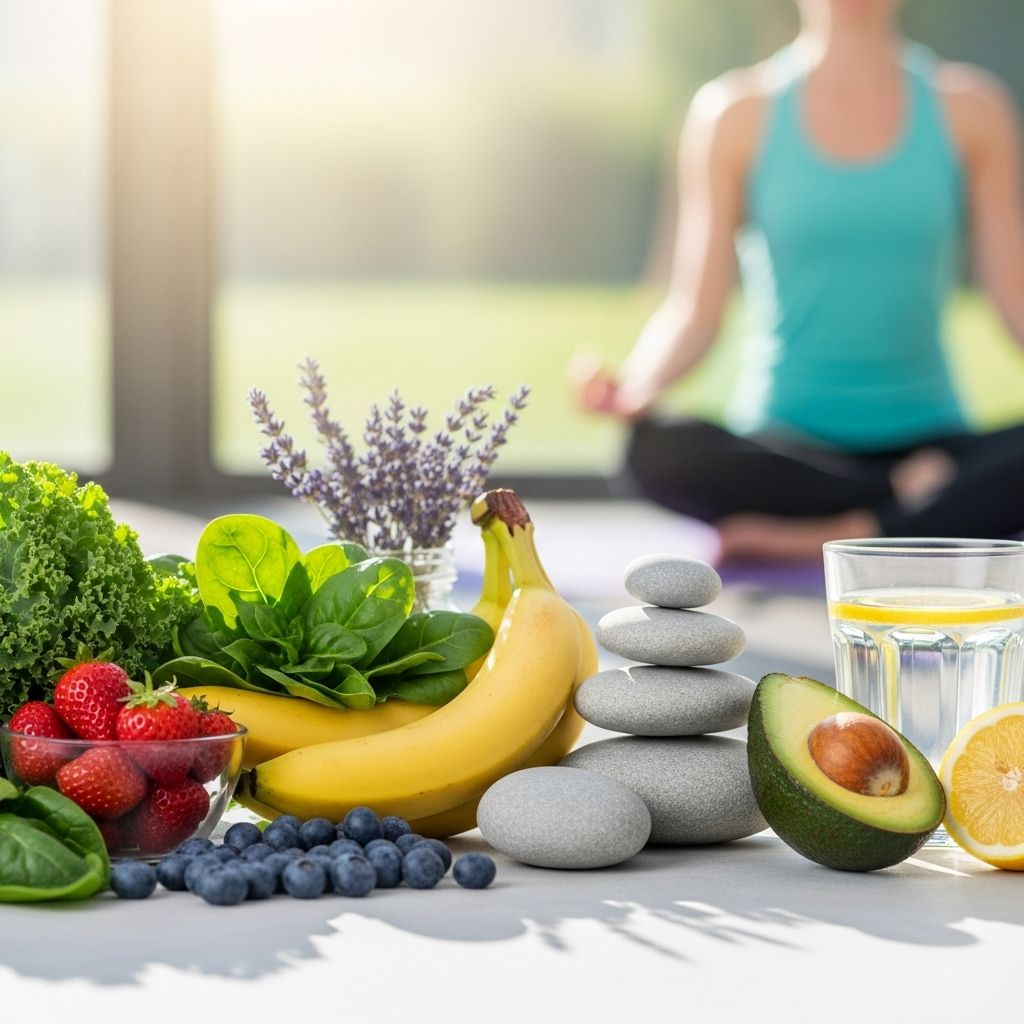Natural Ways to Lower Blood Pressure: Comprehensive Strategies for a Healthier Heart
Discover natural and effective lifestyle changes and dietary tips to manage and lower high blood pressure without medication.

High blood pressure, also known as hypertension, is a prevalent condition that significantly increases the risk of heart disease, stroke, and other health issues. While medication can effectively manage blood pressure, many individuals prefer or supplement medicinal approaches with natural methods. This article explores research-based, practical, and effective natural strategies to lower blood pressure and promote heart health.
Understanding High Blood Pressure
Blood pressure measures the force of blood pushing against your artery walls. When this pressure remains consistently high, it makes your heart and blood vessels work harder, potentially leading to serious health problems, including:
- Heart attack
- Stroke
- Kidney disease
- Vision loss
- Heart failure
Fortunately, several natural interventions can help lower blood pressure or prevent hypertension from developing in the first place.
The Importance of Natural Management
Natural lifestyle modifications not only support medication but may, in some cases, reduce the need for pharmaceuticals. Prominent medical organizations encourage addressing high blood pressure through:
- Healthy eating patterns
- Regular physical activity
- Weight management
- Stress reduction
- Avoidance of tobacco and limiting alcohol
Below, we detail the best evidence-supported approaches to lowering blood pressure naturally.
1. Dietary Approaches to Lower Blood Pressure
The DASH Eating Plan
One of the most widely recommended diets for reducing high blood pressure is the DASH diet (Dietary Approaches to Stop Hypertension). Backed by clinical research, DASH emphasizes foods rich in potassium, magnesium, calcium, and fiber, while limiting sodium and saturated fat.
| DASH Diet Core Components | Recommended Daily Servings |
|---|---|
| Fruits | 4–5 servings |
| Vegetables | 4–5 servings |
| Whole grains | 6–8 servings |
| Low-fat dairy products | 2–3 servings |
| Lean proteins (fish, poultry) | Up to 6 servings |
| Nuts, seeds, legumes | 4–5 servings per week |
The DASH diet can lower systolic blood pressure by 8–14 points. It is flexible and easy to adopt for many individuals, making it a highly recommended approach for managing hypertension.
Foods Beneficial for Blood Pressure
- Leafy Greens: Spinach, kale, swiss chard, and beet greens are high in potassium, magnesium, and calcium, all of which help regulate blood pressure.
- Berries: Blueberries, strawberries, and raspberries contain flavonoids—compounds that function as antioxidants and support lower blood pressure.
- Beets: Packed with nitrates that convert to nitric oxide and relax blood vessels, beets and beetroot juice are linked with improved blood pressure levels.
- Yogurt: Low-fat yogurt provides calcium and potassium and may contain probiotics, which aid nutrient absorption and cardiovascular health.
- Unsalted Nuts and Seeds: Almonds, pistachios, flaxseed, chia, pumpkin, and hemp seeds are rich in magnesium and potassium, providing plant protein and fiber without added salt.
- Beans: Black, kidney, navy, and pinto beans are abundant in potassium, magnesium, fiber, and protein.
Incorporating these foods into daily meals can promote optimal blood pressure.
Sodium and Salt Reduction
Excess sodium is a key contributor to increased blood pressure. Medical guidelines suggest limiting sodium intake:
- Keep sodium below 2,300 mg per day
- Aim for 1,500 mg per day for additional benefit
Practical salt-reducing tips include:
- Read nutrition labels for sodium content
- Choose low-sodium or no-salt-added products
- Rinse canned foods before eating
- Avoid processed foods and packaged side dishes
- Season with herbs and spices, not salt
- Cook plain grains and add flavorings after cooking
Keeps Drinks in Check
- Beet Juice: Contains dietary nitrates that help relax blood vessels
- Juices high in potassium: Prune, carrot, and pomegranate juice help the body remove sodium
- Skim Milk: Provides potassium (and calcium)
- Tea: Rich in compounds that can reduce blood pressure and inflammation
- Water: Staying hydrated supports healthy circulation
It’s important to limit sugary and caloric drinks, even if they contain beneficial compounds. When consuming juice, favor 100% options and moderate portions.
Alcohol Moderation
Alcohol can elevate blood pressure. Keeping consumption moderate can actually lower it—specifically:
- <
- https://www.webmd.com/hypertension-high-blood-pressure/how-to-lower-blood-pressure
- https://hopkinsdiabetesinfo.org/7-foods-to-eat-to-lower-blood-pressure/
- https://www.mayoclinic.org/diseases-conditions/high-blood-pressure/in-depth/high-blood-pressure/art-20046974
- https://wfmnyc.com/managing-high-blood-pressure-without-medication-8-natural-strategies-that-work/
- https://hub.jhu.edu/at-work/2019/05/24/controlling-high-blood-pressure/
- https://pubmed.ncbi.nlm.nih.gov/11416612/
References
Read full bio of Sneha Tete












